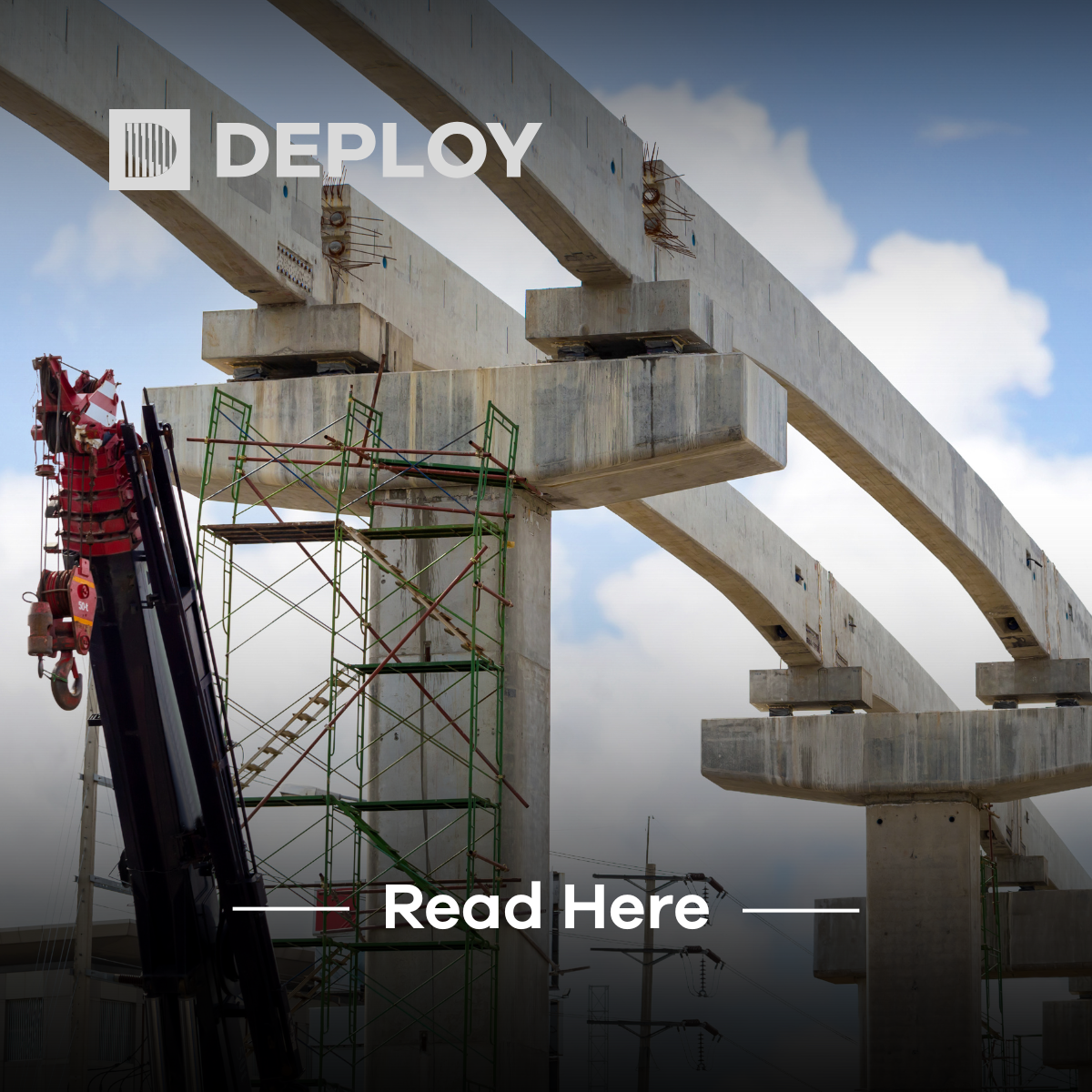The Challenges of Cybersecurity in Autonomous Driving
As specialists in IT and technology recruitment, we at Deploy are keenly aware of the growing importance of cybersecurity in autonomous driving systems. The rapid advancement of these technologies has created a complex landscape where the opportunities for innovation are matched only by the potential threats to public safety.
The recent Autopilot recall by Tesla serves as a stark reminder of the cybersecurity challenges inherent in autonomous driving technologies. The software vulnerabilities exposed by this recall are not unique to Tesla, but rather a symptom of the broader cybersecurity risks associated with the increasing connectivity and complexity of these systems.
At the heart of this issue lies the need for comprehensive, intelligent cybersecurity solutions that can anticipate and mitigate threats at every stage of the autonomous vehicle lifecycle. From the initial design and development phases to ongoing testing and maintenance, cybersecurity must be a core component of the process, not an afterthought. This will demand constant
upskilling and reskilling as technologies evolve.
By leveraging cutting-edge technologies like artificial intelligence, encryption, and real-time threat detection, we can develop the robust cybersecurity frameworks necessary to protect autonomous vehicles and their occupants from malicious actors. But this is no easy task. The challenges of post-release cybersecurity reviews, the risks introduced by software updates, and the need for strong government oversight and accountability all contribute to the complexity of the problem.
One key lesson we can learn from the technology sector is the importance of transparency and rigorous pre-release testing. Just as smartphones and other devices undergo extensive cybersecurity reviews before reaching consumers, so too must autonomous vehicles be subject to the highest standards of security evaluation. By advocating for increased transparency and alignment between safety and cybersecurity standards, we can help build trust among manufacturers, regulators, and the public.
At Deploy, we understand that the future of autonomous driving depends on our ability to attract and retain the best and brightest minds in cybersecurity and technology. As a strategic delivery partner, we are committed to connecting our clients with the skilled professionals they need to navigate this complex and rapidly evolving landscape.
If you're a technology professional looking to make a meaningful impact, we encourage you to get in touch with our team. With our deep understanding of the industry and our commitment to delivering quality, compliant recruitment solutions, we can help you find the right opportunity to put your skills and expertise to work.
Together, we can chart a secure course for the future of autonomous driving – one that prioritises innovation, collaboration, and an unwavering commitment to public safety. The road ahead may be challenging, but with the right team and the right approach, we can ensure that the benefits of this transformative technology are realised while the risks are effectively mitigated.






